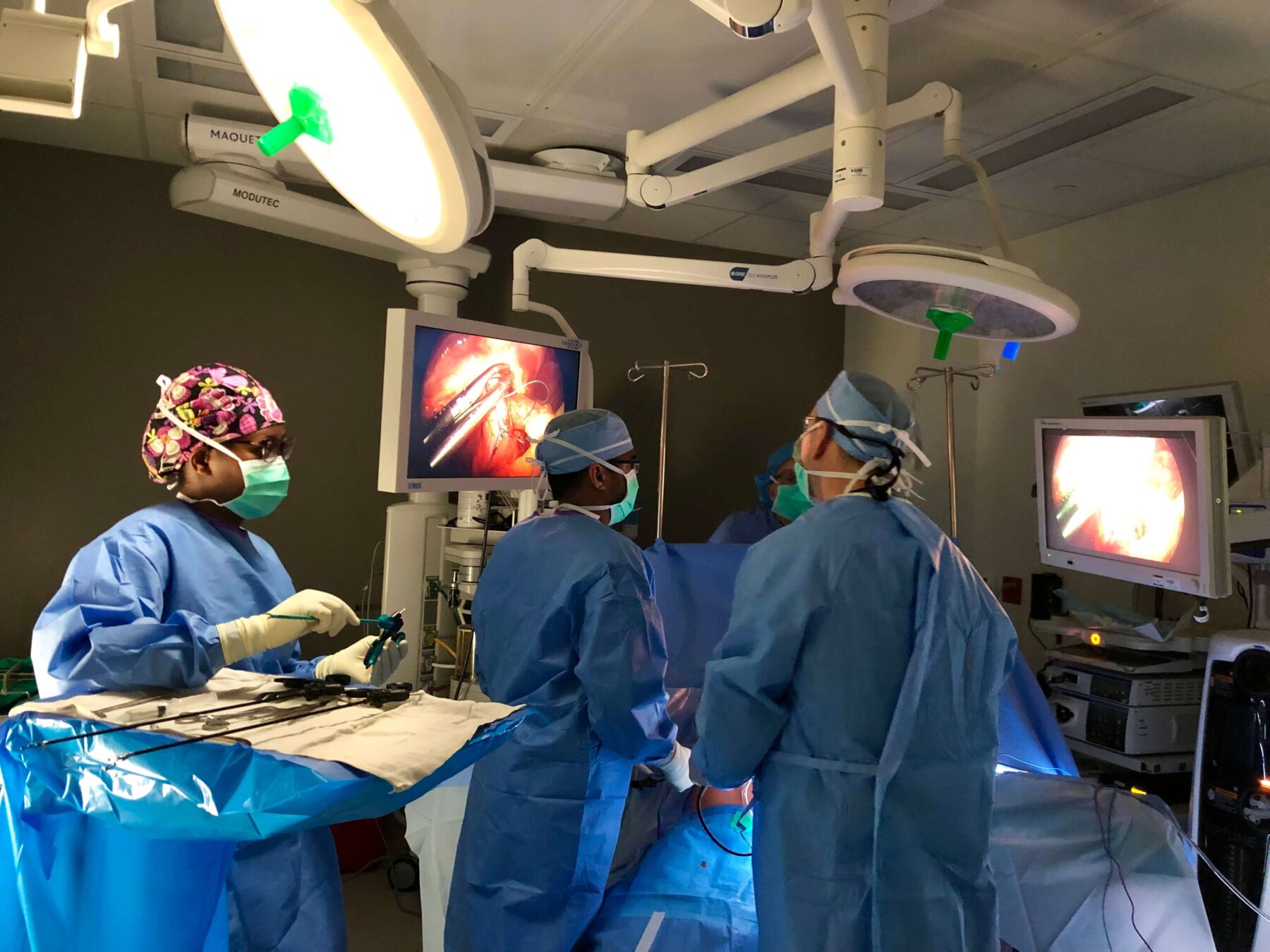
by Ahsan Bhatti, MD
As we’ve talked about on the blog in the past, a hernia can be protected and symptoms can be alleviated with conservative techniques, but the only way to fully correct a hernia is with a surgical procedure. The only real exception to this rule applies to sports hernias, and that’s due to the fact that a sports hernia doesn’t actually involve a true hernia. We explain what we mean and we talk about the differences between a sports hernia and a traditional hernia in today’s blog.
Sports Hernia Vs. Traditional Hernia
When you develop a traditional hernia, it is caused by a gap in your abdominal muscle that causes an intestine or other soft tissue to protrude through, oftentimes causing a noticeable bulge under the skin. A sports hernia involves a different mechanism of injury, and it really shouldn’t be classified as a hernia at all. A sports hernia is a general term given to the condition called athletic pubalgia, which describes an injury to a soft tissue in the lower abdomen or groin area. Usually this involves a muscle or tendon tear, which causes symptoms similar to that of a hernia, including localized pain, tenderness and range of motion restrictions.
So while it is casually referred to as a sports hernia, the term only describes a soft tissue injury around the same area where a traditional hernia would take place. Because of this, it is certainly possible for a sports hernia to fully heal without the need for surgery.
Sports Hernia Causes
As you can probably guess, sports injuries are typically caused by the physical actions that a person would endure during athletic activities. Bending, twisting, running and jumping motions, especially when performed repeatedly or with great force, can contribute to sports hernias. This is why sports hernias commonly occur in sports like:
- Soccer
- Ice Hockey
- Wrestling
- Rugby
- Football
- Skiing
Oftentimes the injury occurs in the tendons that attach your oblique muscles to your public bone, or in the tendons that attach your thigh muscles to your public bone.
Diagnosing And Treating Sports Hernias
If you are dealing with pain and discomfort in your lower abdomen or groin, especially after athletic activity, it’s a good idea to consult with your primary care physician or a specialist like Dr. Bhatti. They’ll begin by asking about your symptoms and conducting a physical exam to see if putting mild pressure on certain areas causes any discomfort. They may also have you perform a few different movements to see how the area responds to this stress. To confirm a sports hernia or rule out other potential injuries, they may order an imaging test. Some of the more common imaging tests include an MRI, CT scan or X-ray to rule out fractures in the area.
Most cases of athletica pubalgia can be effectively treated using conservative techniques in order to protect the soft tissues and then slowly help it become stronger. You will likely be asked to pursue a combination of the following techniques: Rest, anti-inflammatory medications, icing and physical therapy. Many patients make a full recovery by pursuing these treatments over the course of a few weeks.
In rare cases where you suffer a severe tendon tear, your doctor may recommend a surgical procedure. The goal is to reattach the tendon and stabilize it so that a future tear does not occur. Once complete, patients will follow a similar treatment schedule as those pursuing conservative care, although they will need a few more weeks of care to make a full recovery.
Sports hernias can keep you away from the team for a little while, but if you consult with a doctor and work to protect and strengthen the tendon, you can get back on the field in no time. For more information about sports hernias or traditional hernias, reach out to Dr. Bhatti and the team at Bhatti Surgery today at (952) 368-3800.
